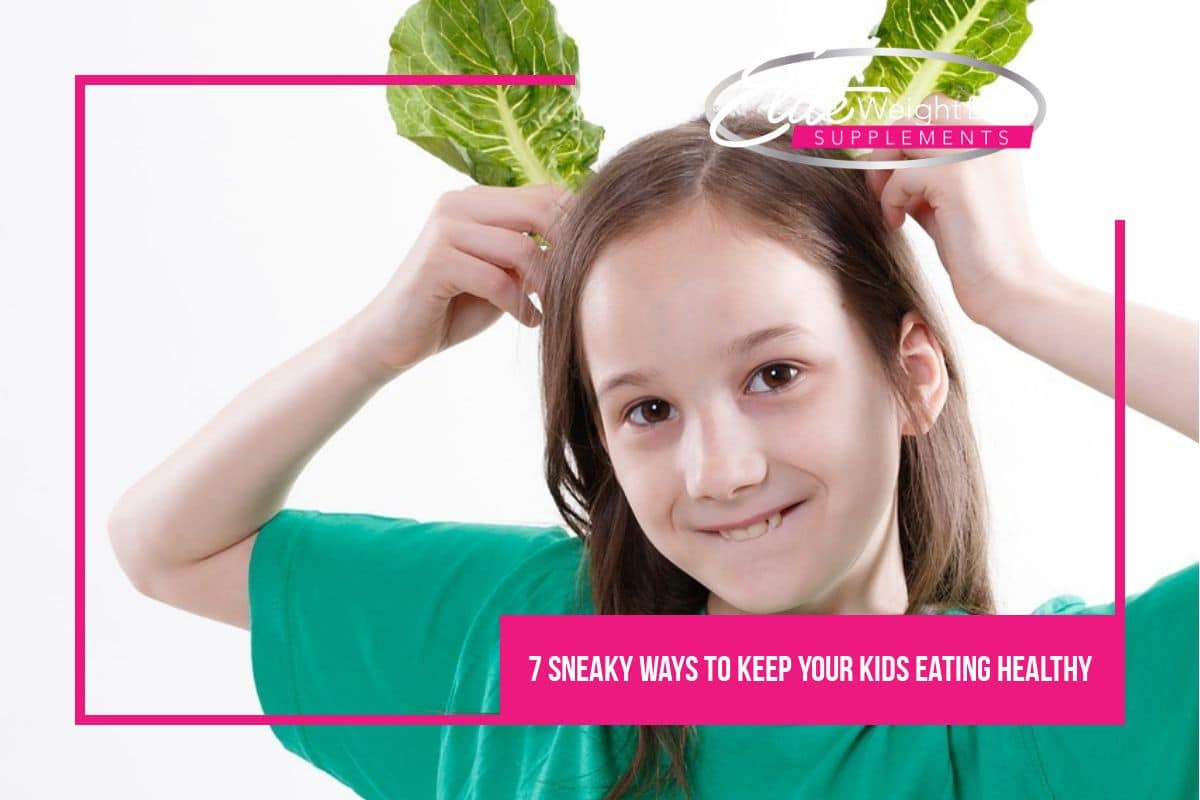Health and Wellness: 7 sneaky ways to keep your kids eating healthy
by Amy Osmond Cook Health and Wellness
Every parent wants to help their children to be happy and healthy, but when it comes to feeding kids fruits and vegetables, things can get tricky. Depending on their age, kids need one to two cups of fruit a day and one to three cups of vegetables.
Whether you have a picky eater or an adventurous one, convincing a kid to have some broccoli can be a tough sell. Sometimes, to get the right amount of plants into your kid’s diet, you have to be a little sneaky. From creating Mickey Mouse shapes to hiding the chips, here are seven ways to provide kids with a healthy diet without starting a war.
Make it fun
Fruits and vegetables don’t look nearly as delicious as pizza, and looks can make a big difference for a kid. Try cutting the food into fun shapes or arranging it in fun ways to make it more exciting. Turn the broccoli into little trees and make a Mickey Mouse face out of the pineapple and blueberries to make a healthy snack fun.
Make it bite-sized
Finger foods are easier for a kid to dive into. Biting into a large piece of fruit can be difficult for a small child getting used to new sensations or for a bigger kid who is missing a few teeth. Cut up apples, grapes, carrots, peppers and other foods into small pieces and kids may be more likely to give it a try.
Make it easy
As many grownups know, the food that is most accessible will get eaten first. Keep healthy snacks where kids can reach them, while hiding unhealthy food or getting rid of it altogether. Have apple slices and peanut butter ready and available when your kids get home from school, rather than an easy-open bag of chips.
Hide the veggies
Even if your kids can see right through your vegetable choo-choo train or the fruit and veggie zoo scene on their plate, they can’t hate what they don’t know. Throw some spinach in a fruit smoothie, blend up some carrots in your spaghetti sauce or grate some vegetables into pancakes or muffins. You can offer up a smug smile when your kids tell you how yummy your secret recipe is.
Let them help
A kid is much more likely to eat the food you offer them if they are involved in the process.
“Invite your children to shop with you,” said Emily Woll MS, nutritionist. “Let them explore the produce section and select interesting fruits and vegetables to try.”
Let them help you cook, and they will be eager to partake in the result. If you can plant a garden, have your kids get their hands dirty too with the planting, watering, and harvesting, and they will be excited to taste the reward at the end.
Don’t skip your veggies
Monkey see, monkey do. While kids can’t seem to spot their shoe in the middle of an empty floor, they are eagle-eyed observers of all you do. If you scoop a helping of peas onto their plate and skip your own serving, it will be hard to convince them vegetables are essential and delicious. Make sure you are eating healthy right alongside your kids and lead by example.
Try new things, and try again
Pictures of babies spitting out their pureed green beans are abundant. With some vegetables, it is a minor miracle if kids eat it the first time. Keep offering it to them several times until it grows on them. They may reject the food nine times in a row and try it on the tenth.
Getting your kids to eat well is important for their health now and as they develop habits for adulthood. The task may be something parents dread, but it doesn’t have to be a daily battle. Try out a variety of methods for offering healthy food and you may find it will get easier for you and them.
Amy Osmond Cook, Ph.D., is the executive director of the Association of Skilled Nursing Providers, Publisher of 39forlife.com, and CEO of Osmond Marketing. Follow her at @doctorosmond.

